The food chefs eat sometimes resembles the food they serve. More often, however, the people who cook fancy food for us rely on much less flashy—and much more relatable—fare to get themselves through the day, whether that’s a reliable focaccia recipe or a staple pasta from childhood. Over the course of 2024, CULTURED asked the leading culinary minds participating in our Well Done series to name a dish that best represents where they were in life at that particular moment.
Here is what they said.
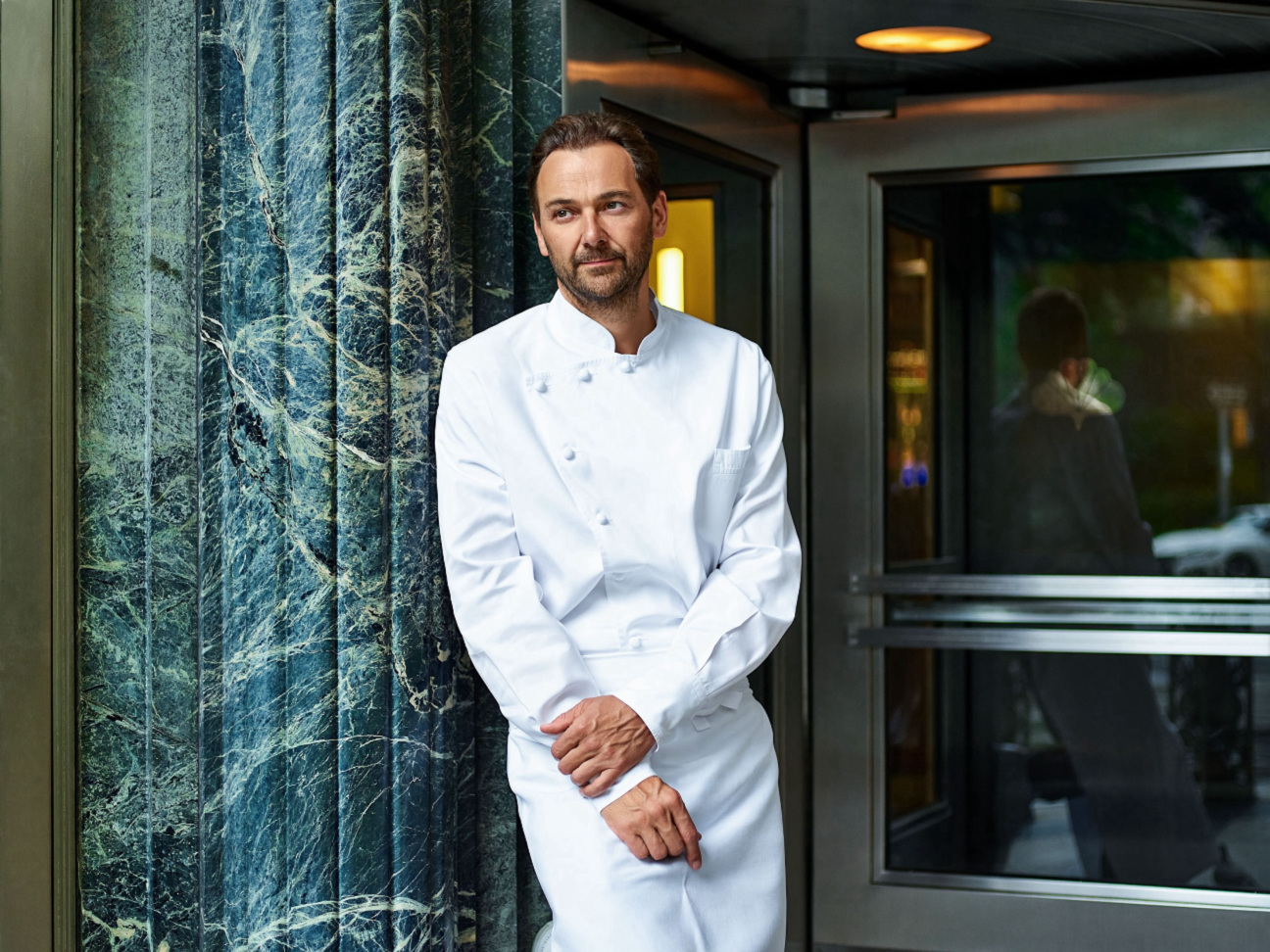
Daniel Humm, chef behind Eleven Madison Park and Clemente Bar
“A dish that I always come back to is spaghetti pomodoro. My mom was half Italian and half French, and she made the best spaghetti pomodoro. It's just a reminder that the most simple thing can be elevated, soulful, and transcendent.”
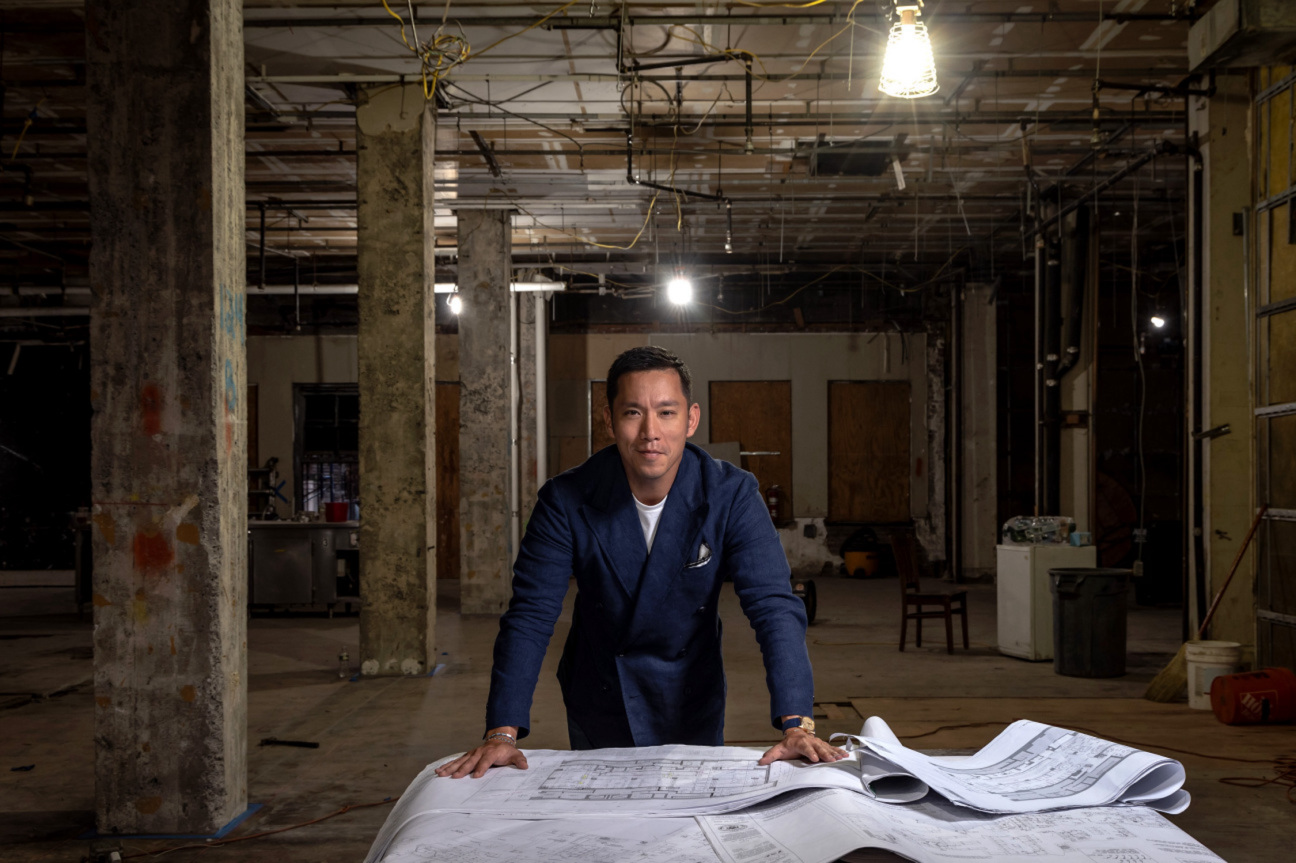
Simon Kim, American restaurateur who owns and operates Cote and Coqodaq
“The Butcher’s Feast at Cote. It’s my North Star. When I opened Cote, I was underfunded and desperate but grateful. In Korea, we call it ‘beginner’s heart,’ and the Butcher’s Feast has that essence in it. Fast-forward eight years, and much has changed personally and professionally. But I still need my North Star.”

Caroline Schiff, pastry chef
“My focaccia. I know that's not a dish, but I feed my sourdough starter every day and I make bread almost every other day with it. It's become part of my routine: I wake up, I make coffee, I feed my sourdough starter, by the evening it's ready to chill, and then the next morning I take it out, I make my coffee, I feed it, and then I bake it. I love going to the beach, and I always make focaccia sandwiches for everybody I'm going with.”

Dae Kim, chef behind Nōksu
“A roast chicken from the market that’s standing under one of those heat lamps. I'm at that moment right now.”

Mads Refslund, chef and founder of Ilis
“I like the grilled eel we’ve had since we opened. For a while, the sauce was made out of roses. Now, we're serving [it with] leek roots that guests use as a brush to put the leek sauce on. But the eel is still the same.”

Giovanni Cervantes and Tania Apolinar, owners of Taqueria Ramírez and Carnitas Ramírez
Cervantes: “A Mexican dish called chiles en nogada. It's basically a poblano pepper filled with meat and a bunch of other things. It's made with a white salsa made out of some tree nuts, and I don't know what else.”
Apolinar: “For me, it's aguachile. It's something I can eat almost every day. It's simple. It's healthy. It's refreshing.”
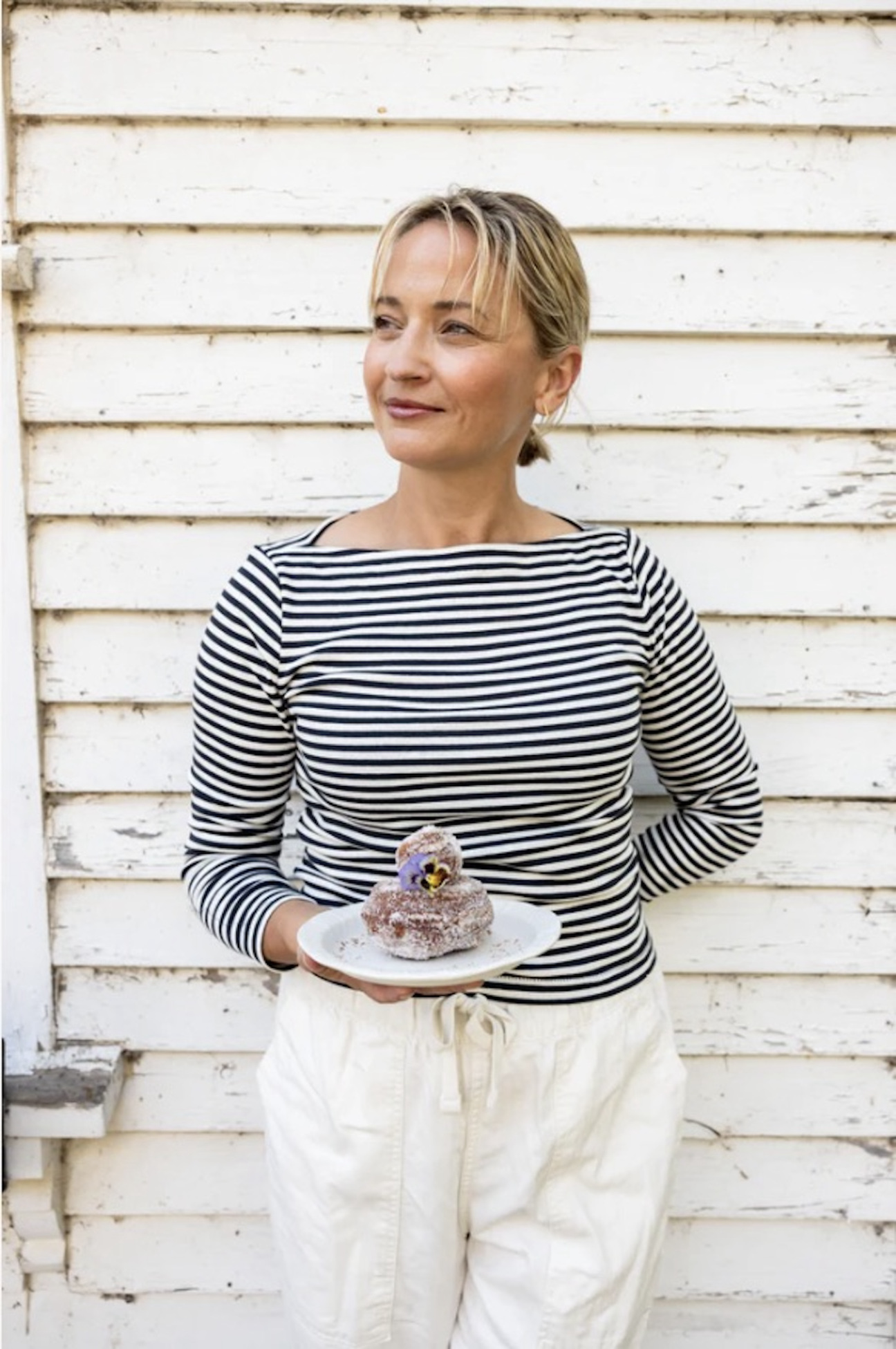
Erin French, chef and owner of the Lost Kitchen
“The donuts that we started making this season. They are an ode to the first donut my grandma made for me when my dad bought his diner when I was 5—that cakey texture and hit of nutmeg. I always laugh that I was born in a fryolator. For a while, I was really ashamed of it. Now, I’m making food that reminds me of that greasy spoon diner and celebrating it.”
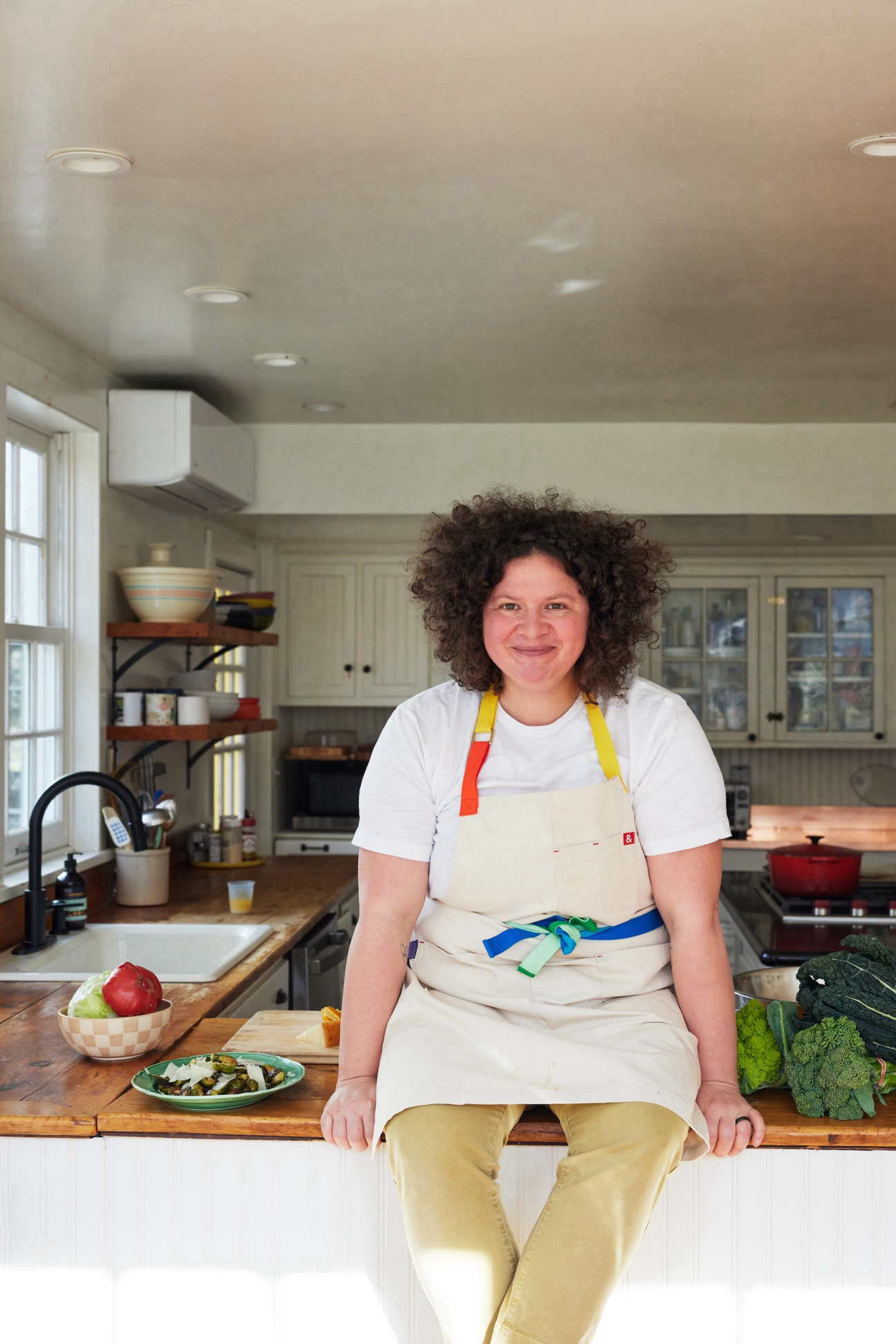
Julia Turshen, recipe developer and cookbook author, most recently of What Goes With What
“A big piece of toast with cottage cheese, good olive oil, salt, and pepper. It’s so simple but I’m so excited every time I eat it. It’s quick, easy, and affordable. And there’s a good amount of protein, because I’m really into power lifting right now. It does the job.”
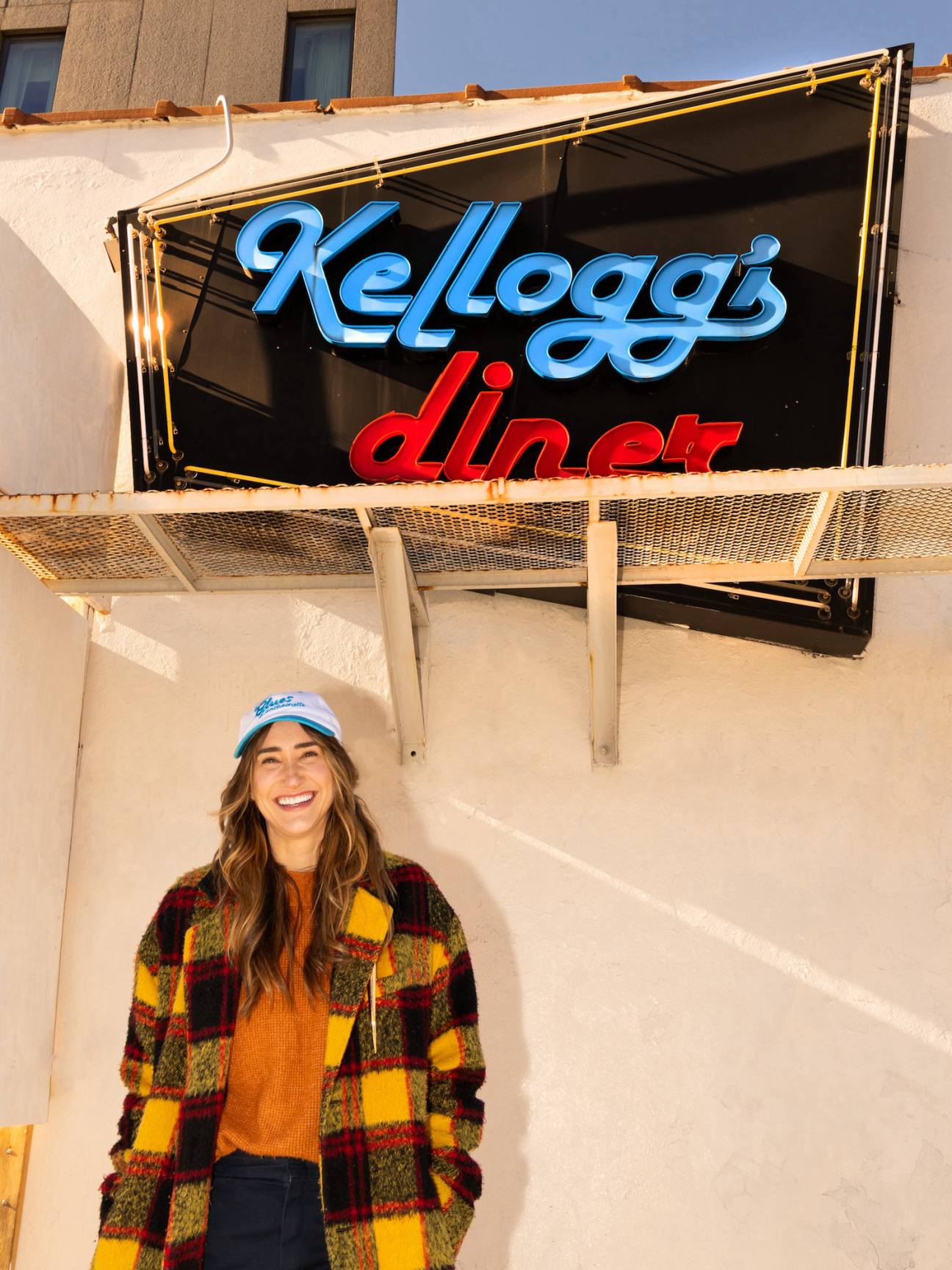
Jackie Carnesi, chef behind the newly renovated Kellogg’s Diner
“This is a little bit of a cheat answer, because it's two dishes. But I put two kinds of nachos on the menu. The tall nachos and the flat nachos. I like to joke that they represent the two chapters of my life. The flat nachos are very nostalgic for me. There is a restaurant called The Vermillion in Brownsville. The nachos they serve are big chips individually built with refried beans, melted cheese, pickled jalapenos, and chopped up fajitas. And that was what my concept of nachos was until I moved to Austin. I went to Kerbey Lane and Magnolia Cafe, and you could get these big piles of nachos with queso and black beans and all that. I always joke that that’s the second chapter of my life—when I moved away from home and started out on my own.”




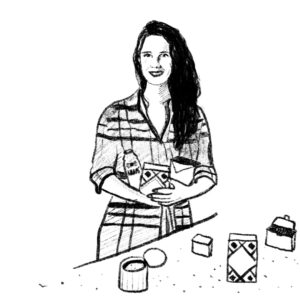
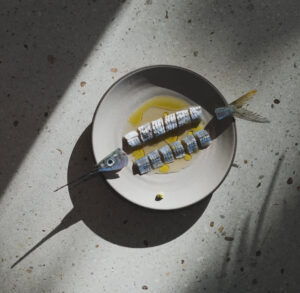




 in your life?
in your life?

